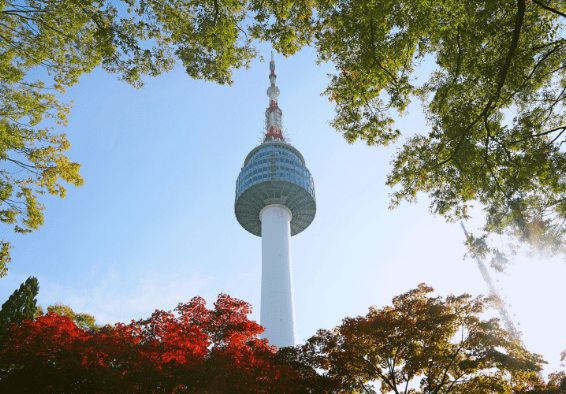
Work in South Korea
Cost and inclusions
With your accommodation costs, flight reimbursement and monthly salary included – living and working in South Korea has never been more affordable and accessible.
Cost
Work South Korea
Deposit
£440
In-class TESOL prices fr
£2500
Online TESOL price fr
£1630
Your earning potential
Monthly salary
USD $1,700-1,900
Accommodation costs
Included
Flights reimbursed after 2 months
Up to $1,000
Bonus after 12 months
$1,700-1,900
Other costs
Flight costs will vary depending on the time of year and where you are flying from. After your second month of teaching, the school will reimburse up to USD $1,000 towards your flight cost.
During your 12-month teaching placement, your school will source and pay for a one-bed studio apartment for you. During your four-week TESOL course (if in-country), your accommodation will be pre-booked and paid for on arrival - USD $450.
You must have travel insurance before you depart. You can get a quote here.
Based on the experience of past BUNACers, we estimate you’ll need around USD $1,200 to support yourself when you arrive in South Korea.
Inclusions
- TESOL qualification (three weeks in-class teacher training plus one-week cultural orientation) or 120-hour online TESOL training before you depart.
- Guaranteed teaching placement in a South Korean school, with the option to extend your contract after 12 months.
- One-week cultural orientation, including visiting Gyeongbokgung Palace, Te Kwon Do instruction, Korean language lessons, tea tasting and more.
- Airport pick up and SIM card.
- Visa assistance and 24/7 support in South Korea.
- Private studio apartment paid for by your school.
- Monthly salary of USD $1,700-$1,900 USD.
- 12 paid holiday days a year, plus South Korean public holidays
- Medical and Health insurance provided for the duration of your teaching contract. (Additional travel insurance is recommended).
Start dates
25 Jul 2022
26 Sep 2022
FAQs Got questions? We’ve got answers
Will I be taxed from my monthly wage?
There will be a tax deduction varying from school to school, which usually ranges from 10-20%.
Where will my job be based?
How many hours will I teach a week?





